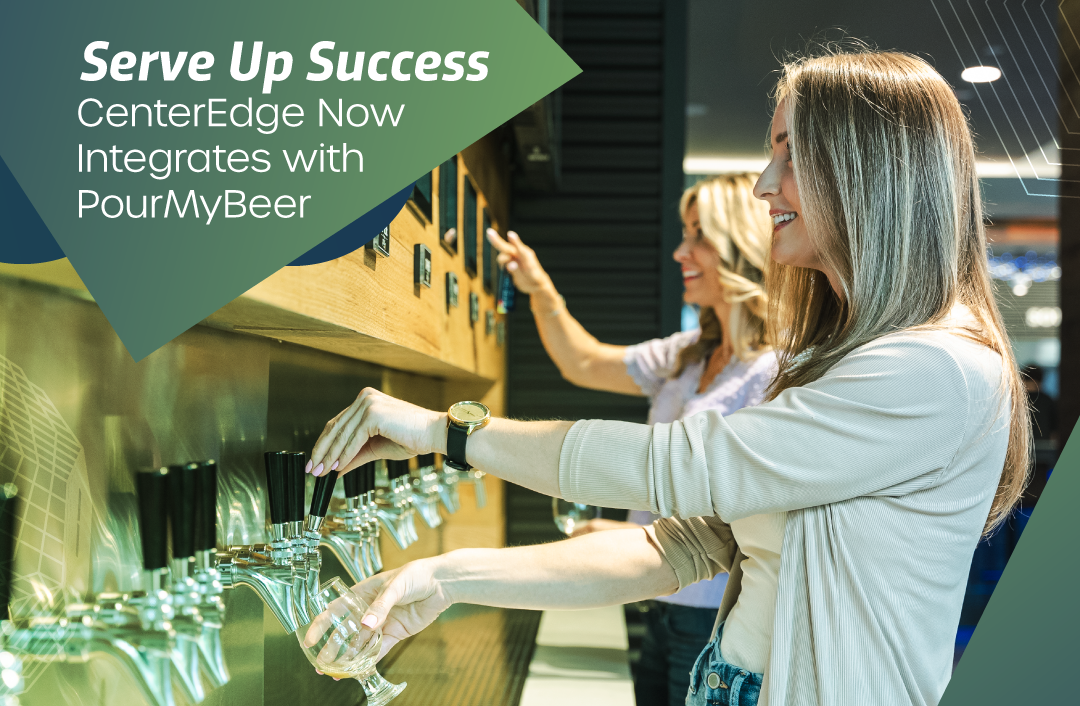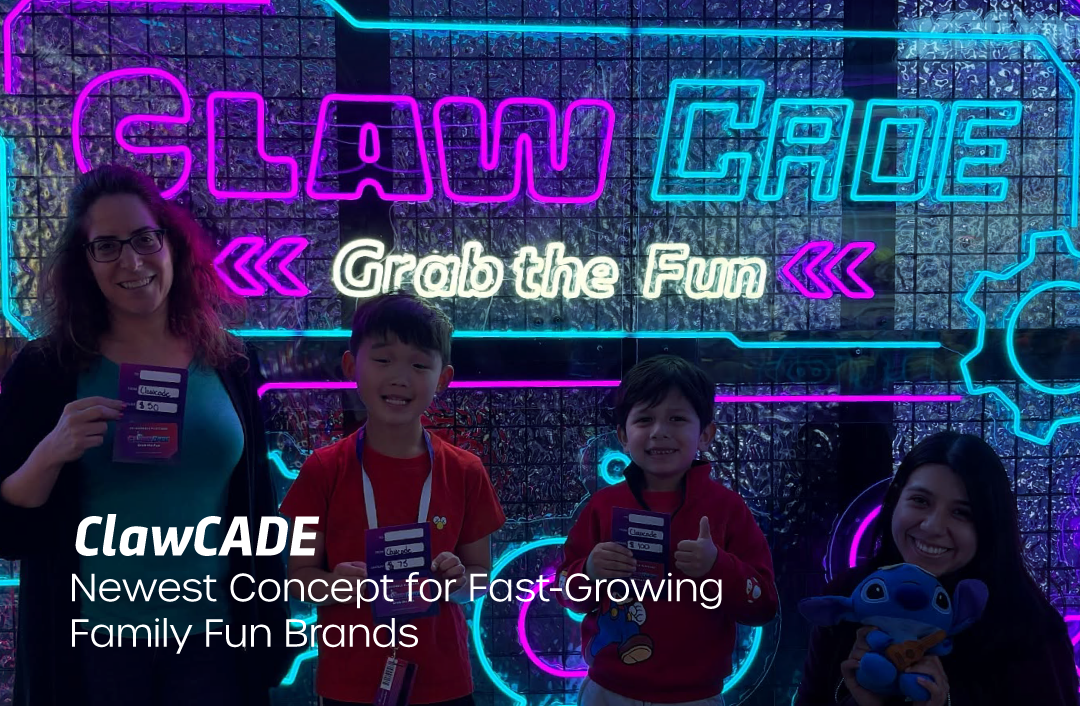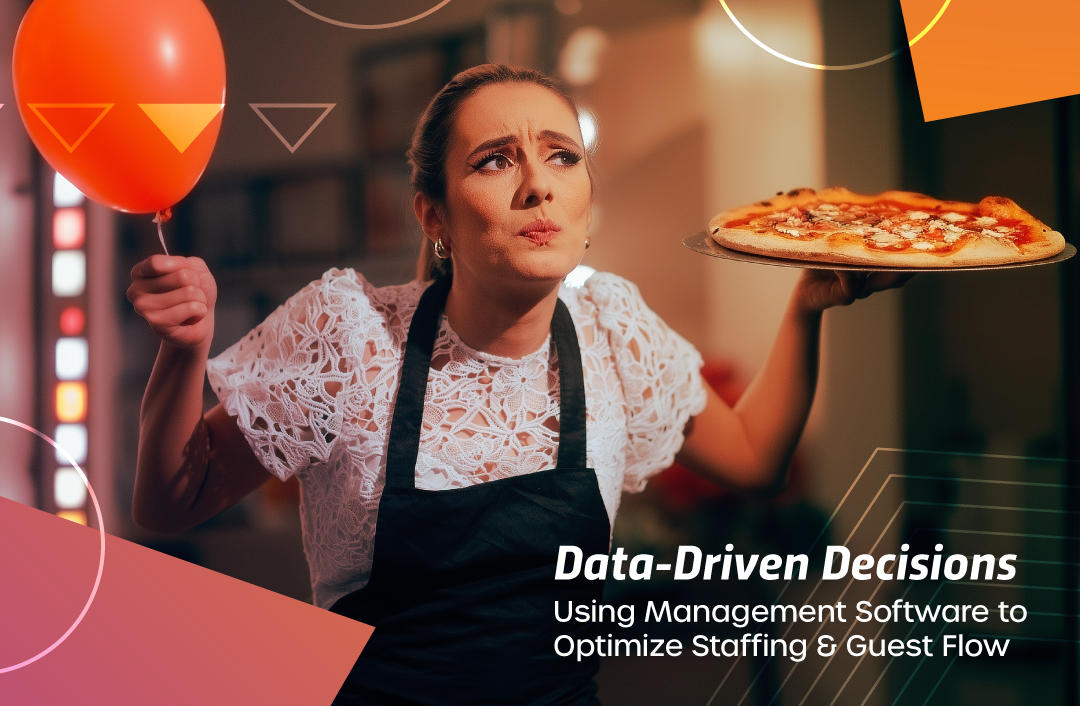Planning for how your facility orders, receives, and tracks various inventory items can make a big difference in profitability.
Keeping costs down is an essential part of managing a thriving family entertainment business. Many businesses focus on sales and service but get overwhelmed trying to keep up with the ins and outs of inventory management.
To maintain healthy profitability, you need strong inventory management processes. Your facility management system is an essential tool that should help make inventory management a breeze. That’s why we decided to share best practices for each stage of inventory management.
No. 1: Set up and purchase.
You will likely have physical inventory for various parts of your business, such as retail, food and beverage, and redemption. Consider how you will want to organize the physical inventory in your facility so that you are well-positioned to understand your costs, needs and how to prevent loss. Your CenterEdge Software includes several tools which make this easy.
Stock rooms: Just like in a physical store, stock rooms help you keep inventory organized. Inside your CenterEdge Software, you can set up one or more stock rooms to keep track of physical items that you use and sell. Depending on the size of your facility, you might decide to assign all inventory to one stock room or set up department or area stock rooms that are managed by one or more different people or departments.
For example, you might sell soft drinks in different areas of your facility, each with an associated stock room. You could choose to have each department order and manage their own inventory, or you could centralize the ordering process to make sure that inventory is moving through the facility timely. But you would still need to know how the goods are being used at your facility. To achieve this, you could set up a central stock room where inventory comes in and then distribute products to department stock rooms as necessary. For example, you might sell a lot of Diet Pepsi at your restaurant, but much less at your quick service window. Rather than risking product waste, you might choose to move product between stock rooms to prevent spoilage. You’ll also want to reflect that movement in your facility management system to understand what’s coming in and where and how it’s being used.
CenterEdge Trainer Tip: We strongly suggest working with a CenterEdge trainer to implement stock rooms. Contact training@centeredgesoftware.com to schedule a free training session.*
Automatic purchase order generation:
Automated purchase order generation can help ensure that you don’t run out of critical inventory items. You can manage this process in two ways:
- “Reorder point” – In your system, set par levels of how much stock you wish to maintain and when to generate a purchase order. For example, you could decide that once you get down to two cases of beef patties, the system generates a purchase order for three additional cases to get you to your preferred quantity on hand.
- “Build to” Levels – You might feel comfortable knowing you always have three cases of ice cream sandwiches on hand to sell at your snack carts. You can set a Build to Level so that your system generates a purchase order to ensure you have at least three cases (or 500 ice cream sandwiches, etc. on hand.)
Par levels and reorder details can be set for a stock room or a vendor. The system tracks usages according to your predetermined specifications, and once ready, you can email or print your purchase order from your software.
No. 2: Receive and intake.
Receiving inventory can be a big hassle if you don’t have effective tools that help make the process simple. Most vendors, such as Sysco and US Foods, can provide digital packing lists (DPLs) along with orders to help you quickly receive and update inventory. With the DPL, you can verify you’ve received your items and mark them in your software as received upon arrival, transfer them between stockrooms, etc. If you received a partial order or items are on backorder, you can simply adjust the order until you receive the remaining items or cancel the items and reorder later.
As new orders are fulfilled and taken into your current inventory, the price you paid is automatically updated in your software when you receive the order. This makes it easy to know your new average costs (when combined with what you already have on hand) and when to adjust your menu pricing to maintain your desirable margins.
No. 3: Audit and analyze.
Regular audits are essential components of inventory management, which means physically counting items you have on hand. But do you want to have to take inventory in the middle of the night when you’re closed? Of course not. Your system should make this process painless.
Let’s say you would like to count a high-dollar item like cases of ribeye steaks. When you begin the audit, your system will take a snapshot in time. Even if you sell several steak dinners before you’ve completed the audit, your system should account for those sales. Thus, you don’t have to worry about conducting audits when you’re closed.
Tracking inventory items as they’re sold, used, or wasted helps you understand how a product is used at your facility. For example, if you drop a jar of pickles but you don’t notate that in your inventory, you might incorrectly think that you need to increase your regular order of pickles because the need for pickles has increased. Your system should help you track this accurately.
Another important way to track inventory is through the use of recipes. Recipes can show you the exact cost of the ingredients that make a deluxe burger, for example. Each burger gets a bun, a slice of tomato, three pickles, a beef patty, a slice of smoked gouda, and two pieces of bacon. Creating a recipe with this level of detail will help you maintain your costs of goods sold and the consistency in the product coming out of your kitchen.
For example, let’s say that a cook suddenly decides to start adding four slices of bacon to a burger to make it more appealing. Guests who receive this burger are happy, but others who come in when a different cook is working feel cheated to receive only two slices. So not only are your costs impacted, but now guests are unhappy as well.
Bottom line, you need a way to understand what you’re buying, where it is, and when and how it’s sold or used in your facility so you can keep costs under control and spend your precious time where it’s needed most.
Want to learn more about how CenterEdge can help you operate more efficiently? Schedule your personal demo today.
*CenterEdge training is free for all users with a current service agreement or LSA.
Search Resources
Subscribe to Email Updates
Featured Resources
Blogs //
6 Self-Service Opportunities to Delight Your Guests Without Losing Your (Personal) Touch

News //
CenterEdge Now Integrates with PourMyBeer to Help FECs Serve Up Success

News //
ClawCADE is Newest Concept for Fast-Growing Family Fun Brands

Blogs //
Data-Driven Decisions: Using Management Software to Optimize Staffing & Guest Flow

Posts by Topic
- Advantage Payments (7)
- Brand Management (19)
- Business Growth (81)
- Capacity Management (2)
- CenterEdge News (28)
- Client Interviews (8)
- Credit Card Processing (3)
- Data & Reporting (12)
- Digital Signage (1)
- Event Management (20)
- Facility Management (10)
- Food & Beverage (8)
- Guest Experience (34)
- Guest Management (20)
- Holiday Season & Promotions (5)
- Industry Events (10)
- Inventory Management (1)
- Loyalty Programs (8)
- Marketing Tips (24)
- Operations (1)
- Point of Sale (10)
- Product Launch (11)
- Productivity (5)
- Profitability (35)
- Redemption Management (1)
- Sales (35)
- Season Passes (1)
- Team Training (60)
- Waivers (2)

Leave a Comment